8 min read
Get Your Cafeteria Cooking! A Back-to-School Prep Guide
Summer is in full swing, but the school bells will be ringing again before we know it. Don’t leave the back-to-school shopping and preparation to...
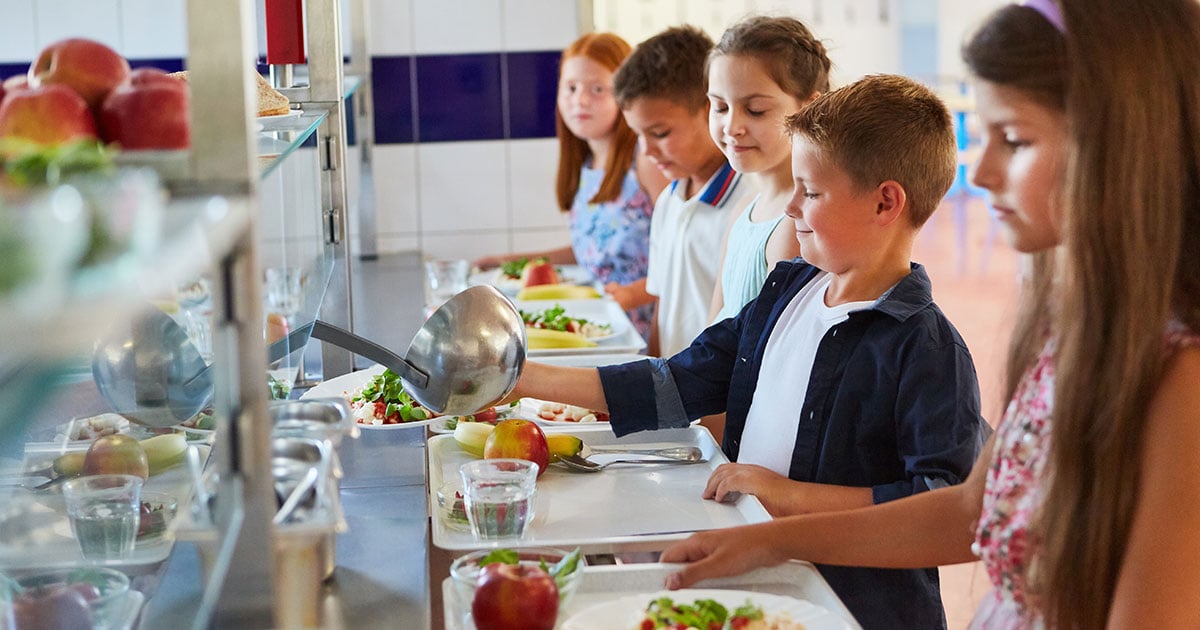
In K12 school cafeterias, cleanliness isn’t just about appearances — it’s about food safety, efficiency and compliance. Trays, utensils, and kitchen equipment must be cleaned to rigorous standards to prevent contamination and ensure smooth operations. Yet, with tight budgets, high turnover in kitchen staff, and growing student populations, many school districts face significant warewashing challenges.
A single dish machine failure in a busy school cafeteria can turn into a logistical nightmare, forcing a school to resort to disposable trays, delaying meal services, or even failing health inspections. These disruptions not only strain resources but also impact students who rely on school meals for daily nutrition.
The key to overcoming these obstacles is having a well-structured warewashing program that ensures consistent, sanitary results while reducing downtime, extending the life of equipment, and keeping operational costs under control.
Unlike restaurants or universities, school districts operate on strict schedules, serving thousands of meals within a short window. Warewashing failures can disrupt entire meal services, forcing schools to rely on disposable trays or delay lunches. Worse yet, inadequate cleaning procedures can lead to health code violations or cross-contamination issues that put students at risk.
A structured approach to warewashing provides:
Consistency is key when managing high volumes of dishwashing. Established procedures eliminate guesswork for operators, ensuring compliance with health regulations to keep students safe.

Proper use of chemicals, equipment, and energy minimizes waste and prevents unnecessary expenses.

Regular procedural check-ins help identify minor maintenance needs before they escalate into costly breakdowns.
Above all, proper warewashing safeguards students by ensuring a consistent, healthy environment, providing peace of mind to parents and children alike.
An effective warewashing program should be designed to provide K12 cafeteria teams with consistency, quality and safety — as well as high-quality cleaning chemicals and dispensing systems. Partnering with a warewash solutions provider can ensure the program’s continued success, and that the property’s best interests are taken care of. Key pillars of an effective program include:
Effective warewashing requires a step-by-step approach that ensures every tray, utensil, and prep station is sanitized properly. After each food preparation shift, facilities undergo a complete breakdown and sanitization of walls, floors, and equipment to ensure compliance with health and safety standards.
Key elements include:
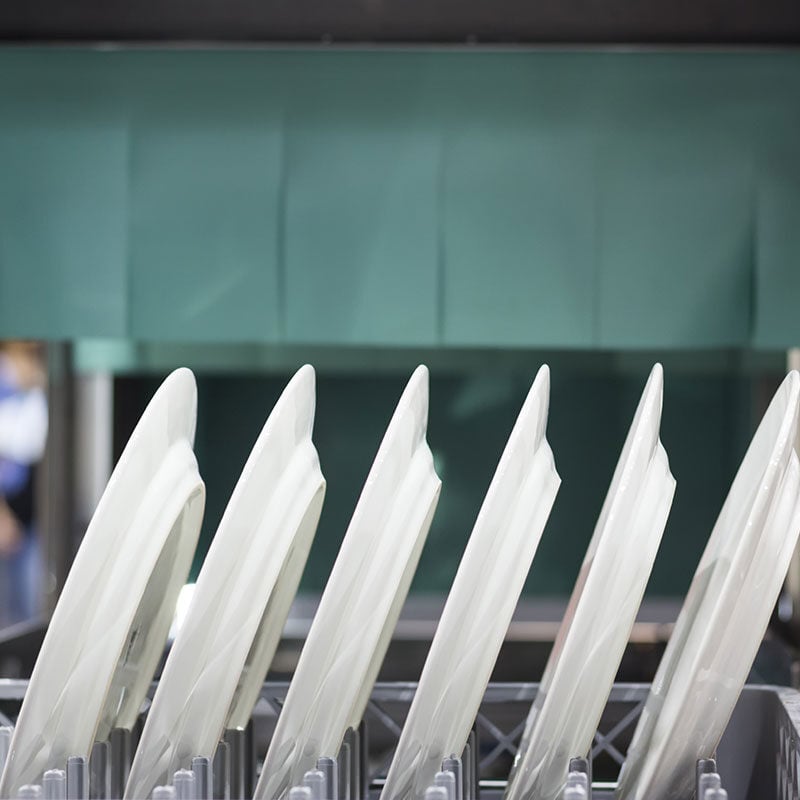
Many schools unknowingly overspend on warewashing chemicals due to inefficiencies in dispensing. By streamlining chemical usage and implementing automated dispensing systems, schools can cut waste, reduce costs and ensure proper sanitation.
For example, a large school district was able to reduce the number of presoaks, detergents, rinse aids and sanitizers — dramatically improving cost efficiency without compromising performance. Standardizing chemical use across schools also helps staff adhere to proper cleaning protocols.
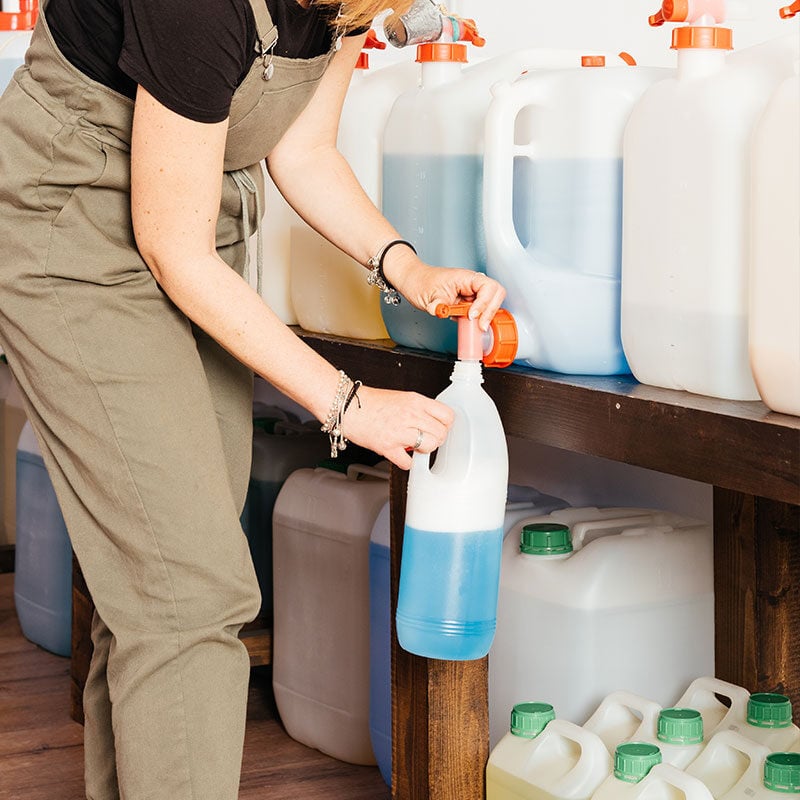
School districts benefit from proactive, planned maintenance programs that keep equipment in peak condition, rather than taking action after something has gone wrong.
When technicians proactively check chemical dispensers, water temperatures, and machine calibrations, schools avoid sudden failures that could shut down cafeteria operations. Regular service visits during off-peak times, such as summer breaks and holidays, keep equipment in top working order for the school year.
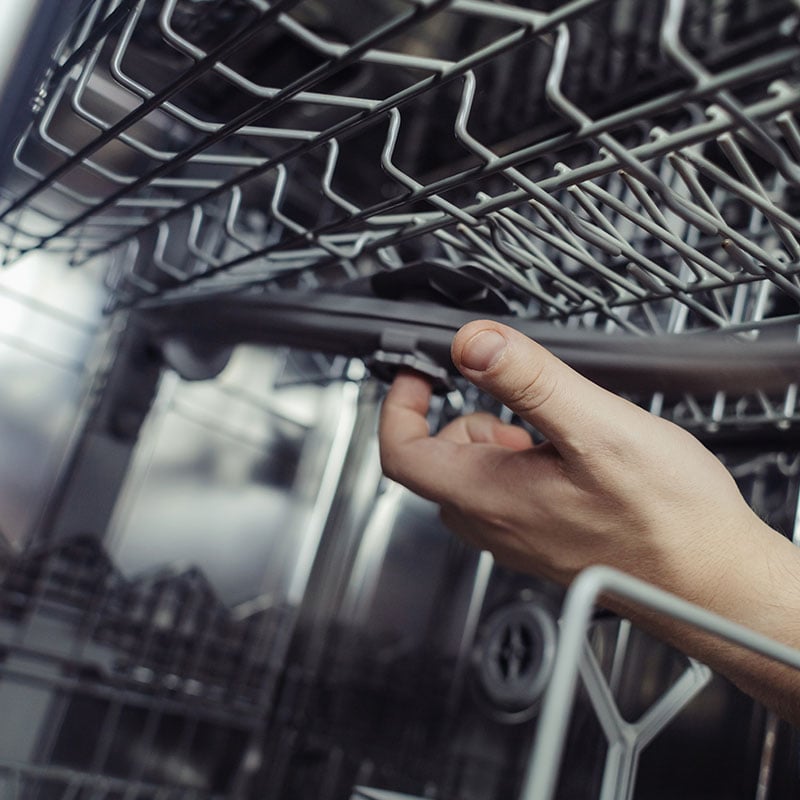
Even with the best machines and service plans, human error remains a common cause of warewashing inefficiencies. In many school districts, kitchen staff changes frequently, meaning that clear, easy-to-follow procedures are essential for maintaining consistency.
Training best practices include:
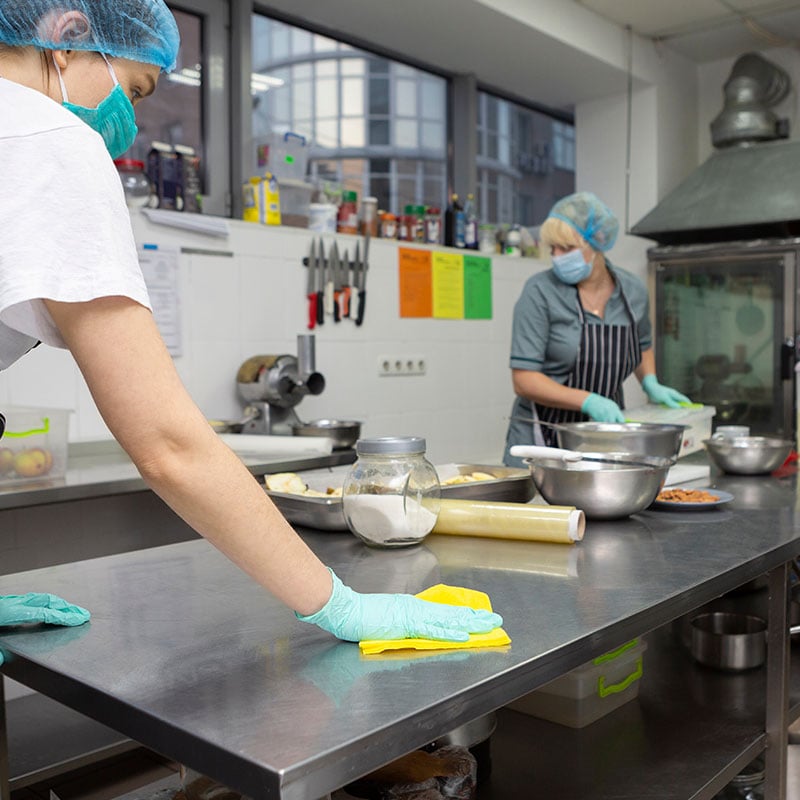
By establishing structured cleaning protocols, smart chemical usage, preventative maintenance, and comprehensive staff training, school districts can ensure their warewashing programs run smoothly without last-minute emergencies or costly inefficiencies.
The goal is to create a reliable, scalable system that meets health regulations, optimizes costs, and keeps meal services running without disruption. Schools that invest in strong procedural frameworks set themselves up for long-term success — providing a clean, safe dining environment for students every day.
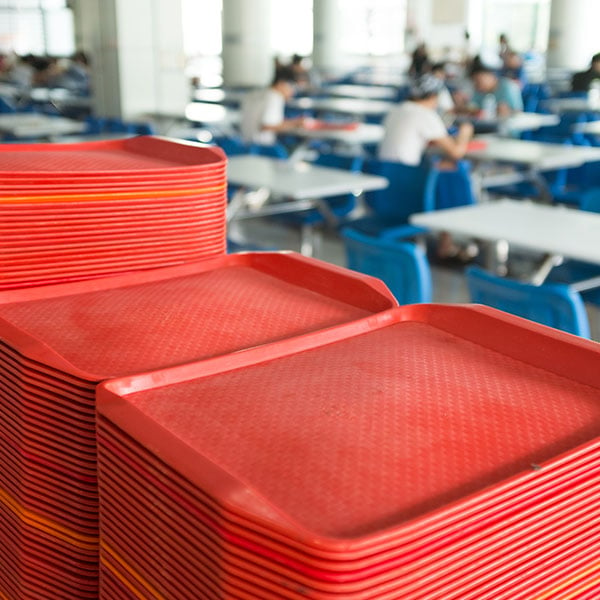

8 min read
Summer is in full swing, but the school bells will be ringing again before we know it. Don’t leave the back-to-school shopping and preparation to...

9 min read
In today’s world, cleaning is no longer just about appearance—it's about protecting human health, improving indoor air quality, and reducing...

20 min read
Cleaning is essential, but sustainable cleaning is where schools can truly shine — literally and figuratively. Beyond tidying up, it's an opportunity...